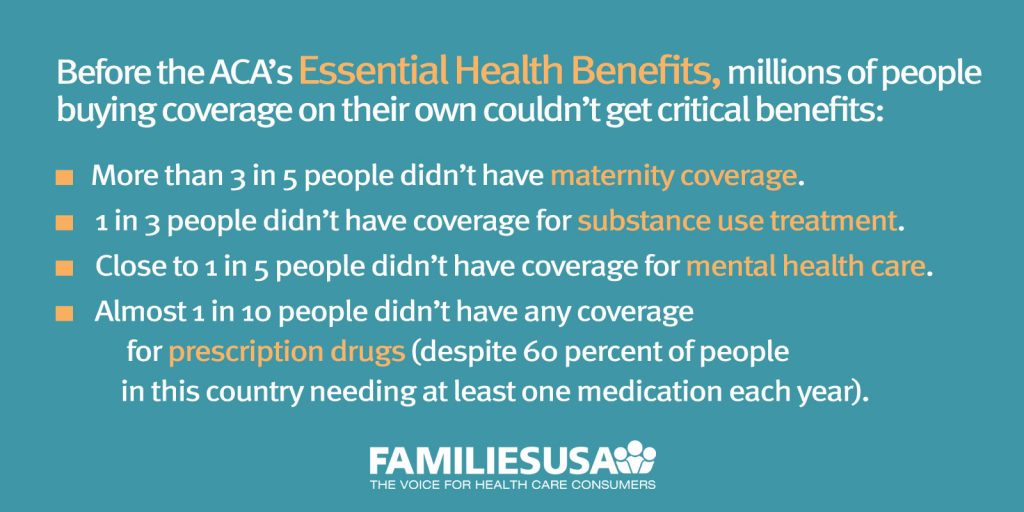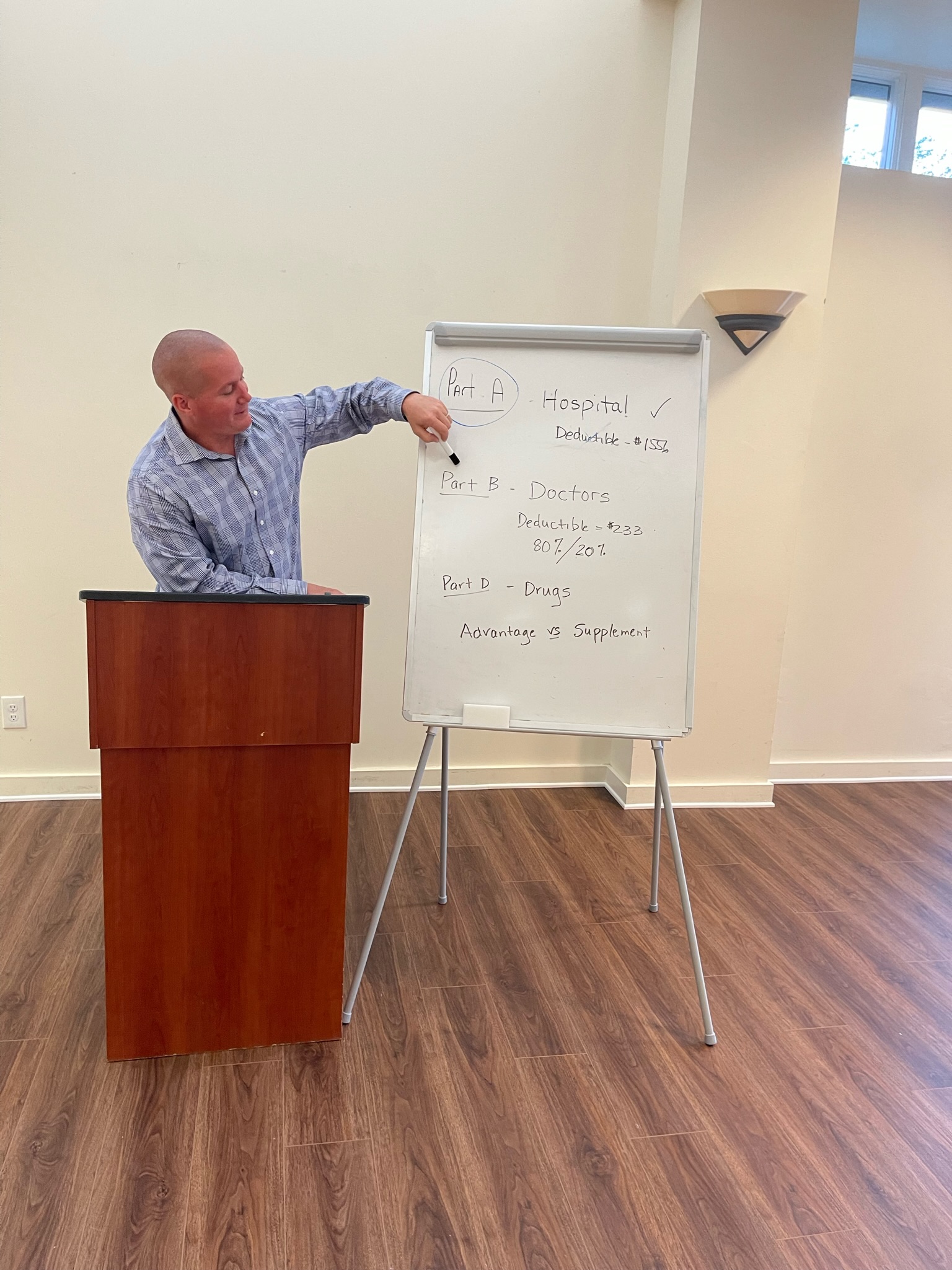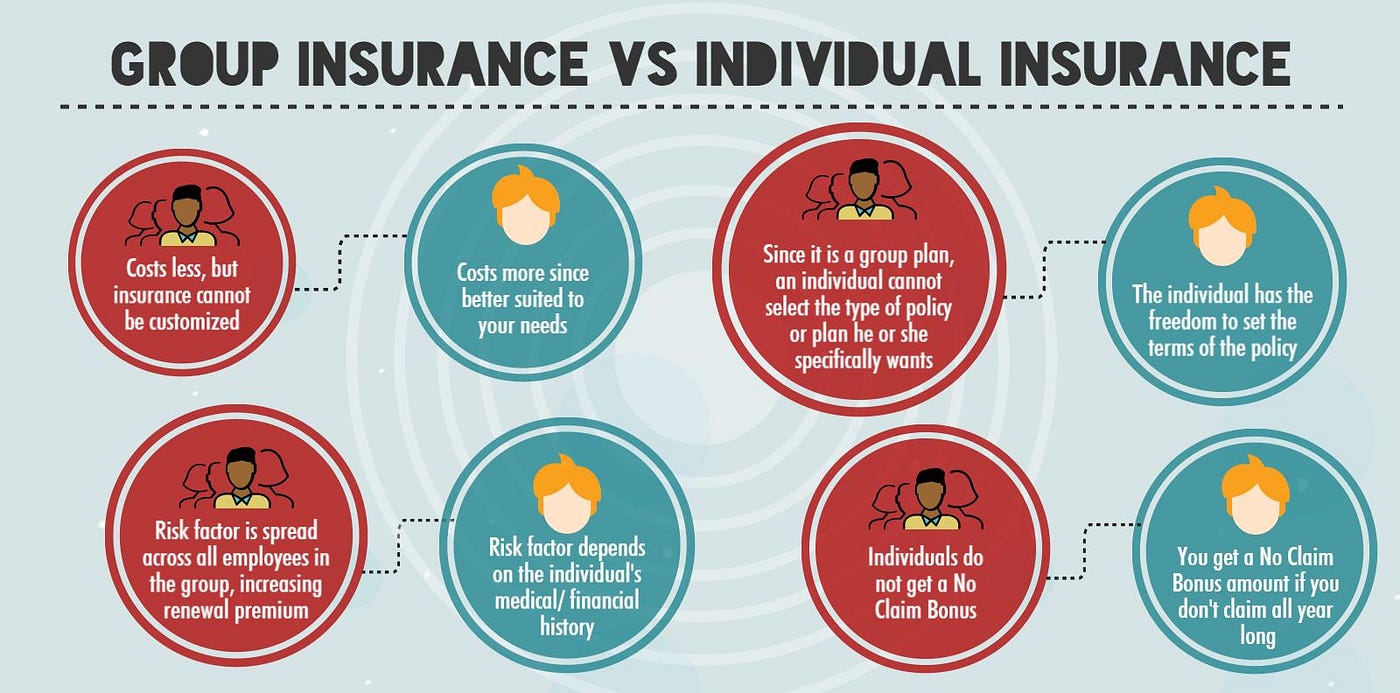Not known Details About Medicare Advantage Agent
Medicare Advantage Agent Things To Know Before You Buy
Table of ContentsHow Medicare Advantage Agent can Save You Time, Stress, and Money.The 20-Second Trick For Medicare Advantage AgentA Biased View of Medicare Advantage Agent


follows from confusing the relatively young fairly profile of account uninsured with the better healthMuch better on average, standard younger persons. For those without access to workplace wellness insurance, inadequate wellness is a potential obstacle to buying nongroup insurance coverage due to the fact that such protection might be very valued, omit preexisting conditions, or be simply not available. Unless otherwise kept in mind, nationwide price quotes of individuals without health insurance and percentages of the populace with various kinds of coverage are based on the CPS, the most widely utilized resource of estimates of insurance coverage and uninsurance rates.

Everything about Medicare Advantage Agent
Over a three-year duration beginning early in 1993, 72 million people, 29 percent of the U.S. populace, lacked coverage for at the very least one month. Within a solitary year(1994), 53 million individuals experienced at least a month without coverage(Bennefield, 1998a). 6 out of every 10 uninsured adults are themselves used. Working does enhance the likelihood that one and one's household participants will certainly have insurance, it is not a guarantee. Even members of families with two permanent breadwinner have practically a one-in-ten opportunity of being uninsured (9.1 percent without insurance price)(Hoffman and Pohl, 2000 ). The relationship in between health insurance coverage and accessibility to care is well established, as recorded later in this chapter. The partnership in between wellness insurance and wellness results is neither direct nor simple, an extensive scientific and health and wellness services study literary works links wellness insurance policy coverage
to improved access to care, better quality, and improved personal and population populace status. The 2nd record, on individual health outcomes for uninsured adults, is represented by the inner circle of the number, while the 3rd record, on family health, incorporates the subjects of the second report however emphasizes a various unit of analysis, namely, the family. The sixth record in the series will certainly provide information regarding strategies and initiatives embarked on in your area, statewide, or country wide to resolve the absence of insurance coverage and its damaging effects. Levels of analysis for checking out the impacts of uninsurance. This conversation of medical insurance coverage focuses largely on the united state populace under age 65 because essentially all Americans 65 and older have Medicare or various other public coverage.
Additionally, it concentrates especially on those without any kind of wellness insurance for any type of length of time. The problems dealt with by the underinsured are in some areas similar to those dealt with by the without insurance, although they are generally less extreme. Uninsurance and underinsurance, nevertheless, entail noticeably various plan issues, and the methods for addressing them might differ. Throughout this research study and the 5 records to adhere to, the major emphasis gets on individuals with no medical insurance and thus no aid in paying for health care beyond what is available via charity and safeguard organizations. Health insurance is an effective aspect impacting receipt of care because both patients and doctors respond to the out-of-pocket rate of services. Health insurance coverage, nevertheless, is neither required nor enough to acquire accessibility to clinical solutions. Nonetheless, the independent and direct result of health and wellness
insurance policy protection on access to wellness solutions is well established. Others will certainly get the healthcare they need even without medical insurance, by spending for it expense or seeking it from service providers that supply treatment totally free or at very subsidized prices. For still others, wellness insurance policy alone does not make certain receipt of care due to various other nonfinancial barriers, such as an absence of wellness care carriers in their area, limited accessibility to transport, illiteracy, or linguistic and social distinctions. Official study concerning uninsured populaces in the United States dates to the late 1920s and very early 1930s when the Board on the Expense of Medical Treatment produced a collection of records regarding financing doctor office brows through and hospitalizations. This concern ended up being salient as the varieties of clinically indigent climbed during the Great Anxiety. Empirical studies regularly helpful site sustain the link in between accessibility to care and boosted wellness outcomes(Bindman et al., 1995; Starfield, 1995 ). Having a routine resource of care can be thought about a predictor of gain access to, rather than a direct measure of it, when health end results are click now themselves used as access signs. This extension of the concept of accessibility measurement was made by the IOM Board on Keeping Track Of Accessibility to Personal Healthcare Solutions(Millman, 1993, p. Whether or not parents are insured appears to impact whether their children get treatment along with how much careeven if the children themselves have coverage(Hanson, 1998). The health of moms and dads can influence their capability to care for their youngsters and the degree of household stress. Bothering with their youngsters's access to care is itself a resource of stress and anxiety for parents. 3 chapters comply with in this report. Phase 2 provides a review of just how employment-based health insurance policy, public programs and private insurance coverage run and communicate to give extensive yet incomplete coverage of the united state population. This consists of a review of historical fads and public laws influencing both public and exclusive insurance, a discussion of the interactions among the various sorts of insurance coverage, and an examination of why individuals move from one program to an additional or end up
